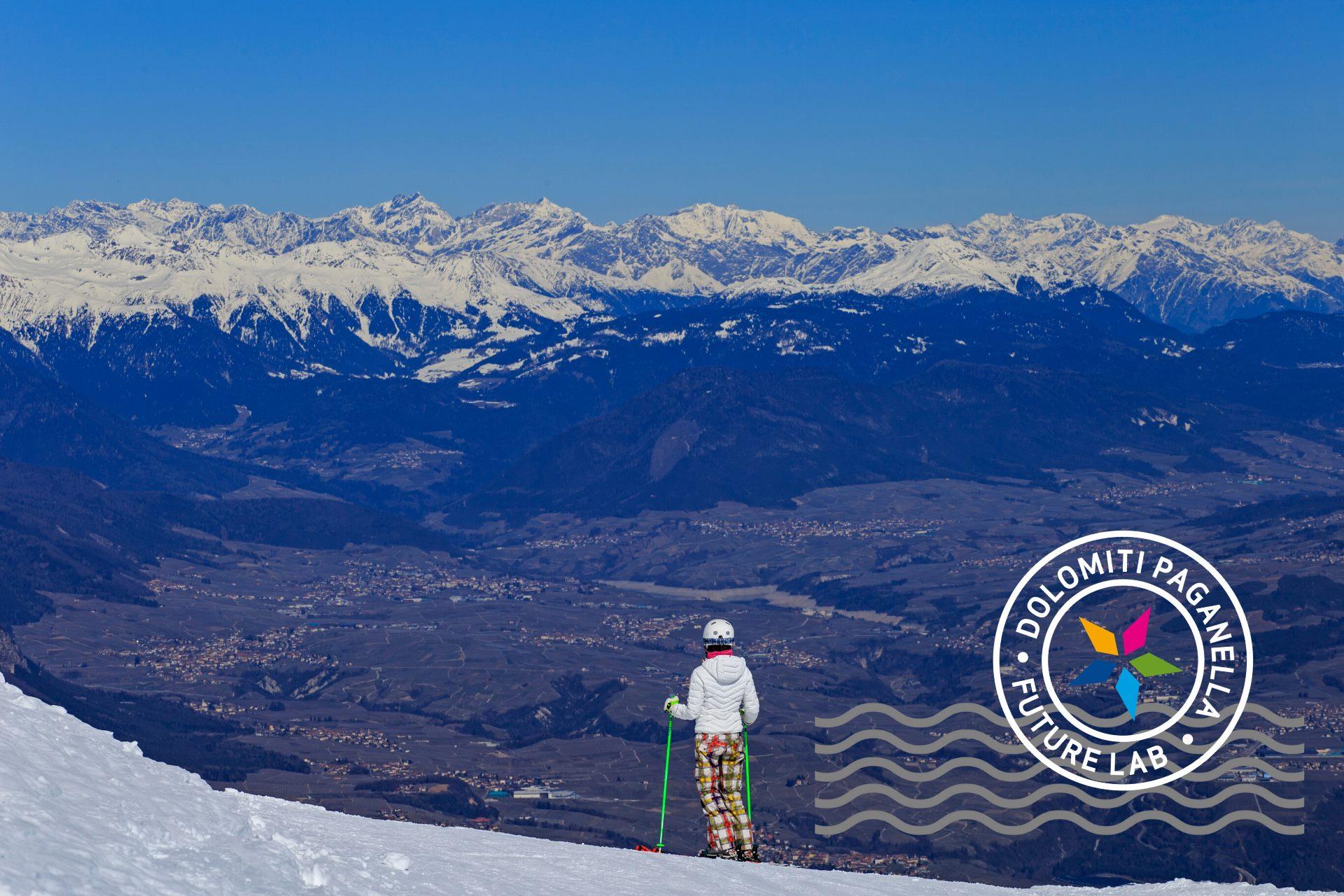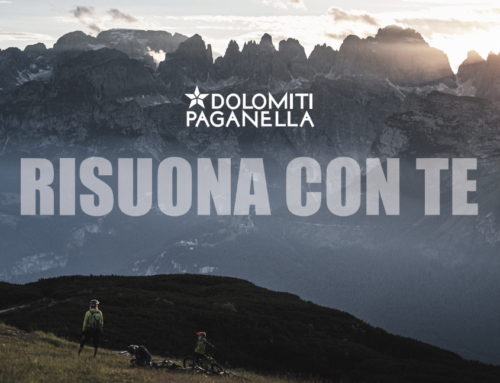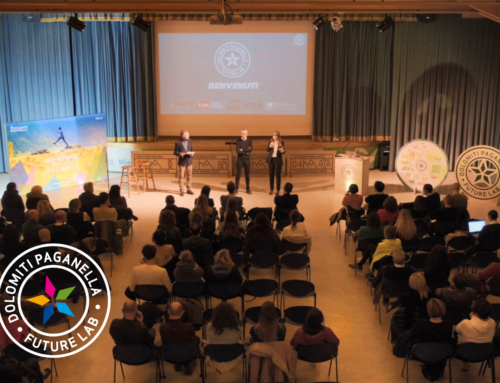Climate change is one of the four fundamental themes that the Dolomiti Paganella Future Lab has set out to investigate. It is also an inevitable challenge that all of us will have to deal with in the years to come.
The scale of the problem is so overwhelming that we can be discouraged from even trying to conceive a plan for the future, which in any case appears relatively remote to us. But doing nothing is becoming increasingly dangerous, especially taking into account the special report of the Intergovernmental Panel on Climate Change (IPCC) published in 2018, which stated that the world has little more than a decade to avoid global warming reaching 1.5 ° C relative to preindustrial levels, above which the risk of flooding, droughts, and extreme heat become significantly more serious.
Managing climate change is therefore a question of survival, and the best strategic decisions have to be taken from this time onward
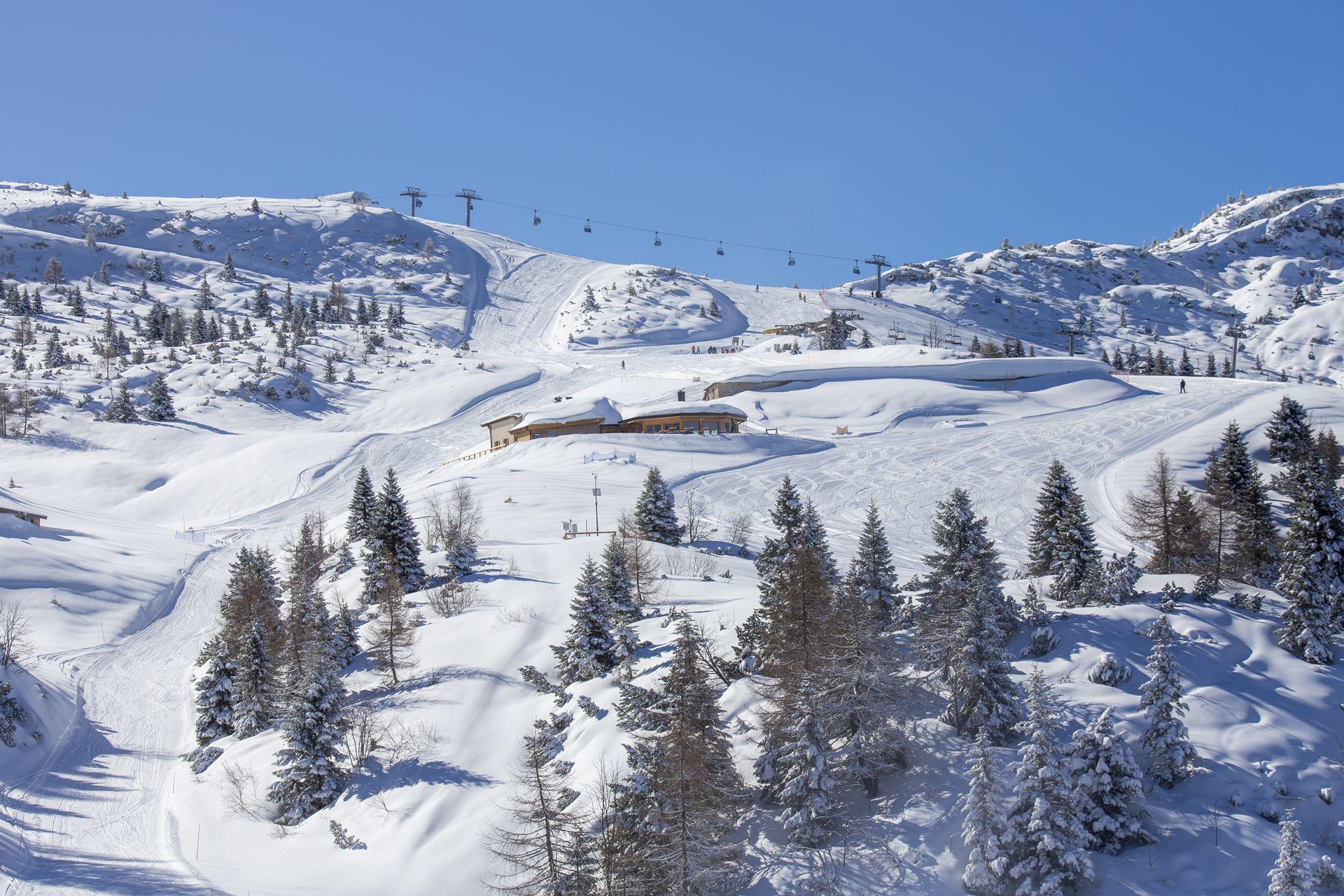
This is especially relevant to our holiday resort, which for many years has been deriving part of its tourist sector income from skiing during the winter months. The data compiled by Jakko Järvensivu in an in-depth article published in 2018 deliver a clear message. According to recent studies, if things continue as they are the Alps could lose 70% of snow cover by 2100.
The climatologist Robert Steiger has estimated that in a scenario in which emissions continue rising at the current rate, only 50% of the ski areas of the Tyrolese Alps will be able to guarantee reliable snow in 2070 (“reliable snow” is defined as a continuous ski season of at least 100 days, with at least 30 cm of snow at least 7 years out of 10).
In the 1990s the minimum altitude to ensure snow cover was 1200 metres above sea level, but this has already risen to 1500 metres, and unless we rapidly reduce our CO2 emissions, it is estimated that ski resorts below 2000 meters will find it difficult to continue operating.
It is not just a lack of natural snow that puts so many ski resorts at risk: artificial snowmaking will also become increasingly more difficult. It is estimated that if the world temperature increased by two degrees, the minimum necessary altitude for manufacturing snow with cannons would increase from 1000 to 1600 metres.
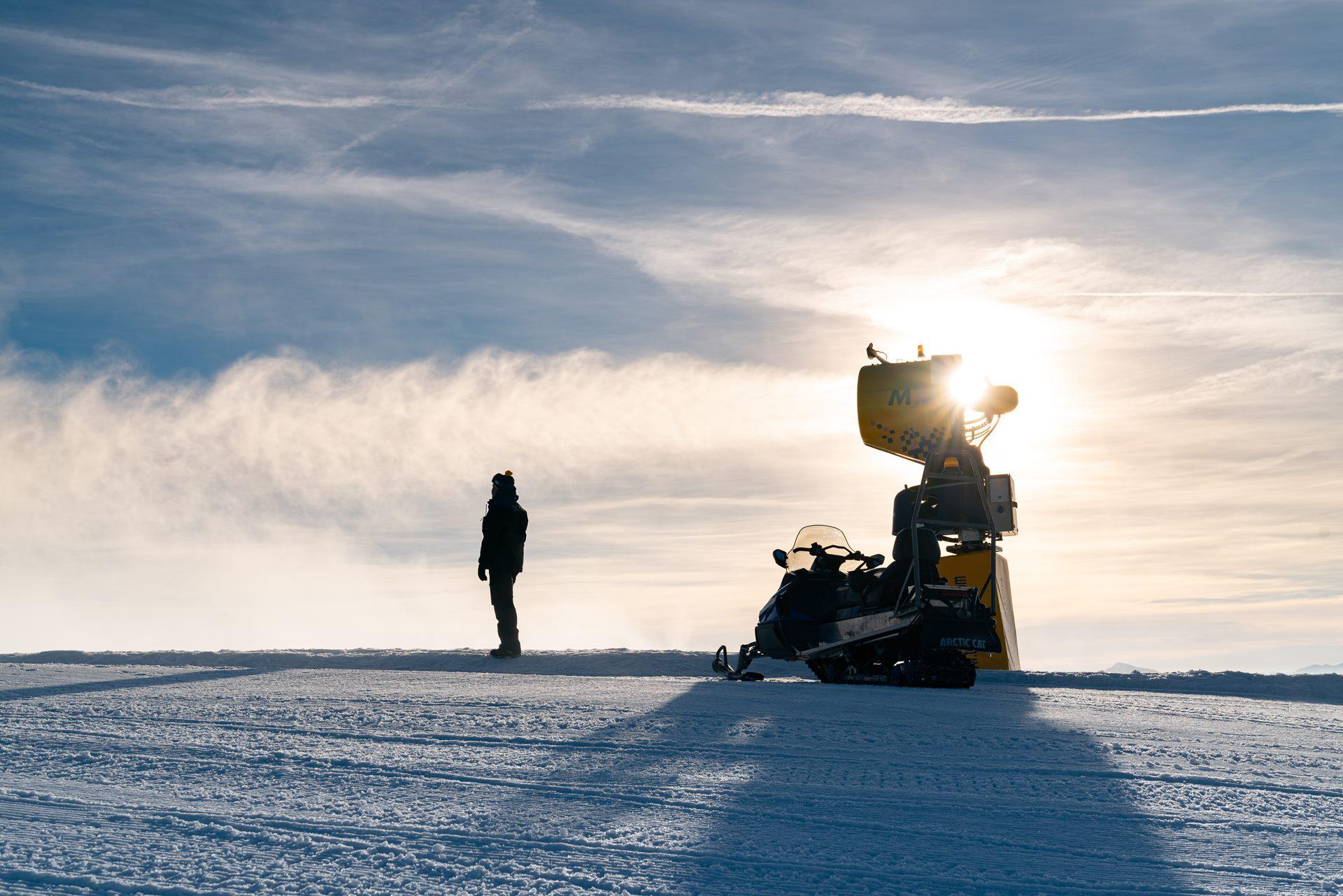
Climate simulations indicate that global warming will continue until the years 2040-50 regardless of any measures adopted, but the decisions we make now will still have a major impact on the final part of the century.
If, for example, global warming can be limited to within the objective of two degrees set by the Paris Climate Convention, only 30% of snow cover would be lost in the Alps, with 60% of ski resorts still able to guarantee snow cover (compared to 70% loss of snow cover and 30% of ski resorts able to guarantee snow estimated on the basis of current emissions. – Source).
Achieving this objective will not be easy and will require new ways of thinking and difficult decisions on a political level. In a wider perspective, even the decisions taken by individual companies and visitors will have an impact.
In this respect visitors themselves show increasing awareness of environmental impact when they travel. A recent survey by Booking.com revealed that almost three quarters (72%) of travellers believe that people have to act immediately and make sustainable travel choices to save the planet for future generations.
Sustainable holidays are growing in popularity, with 73% of global travellers (a constantly growing number over the last four years) who intend to stay at least once in ecological accommodation over the next year.
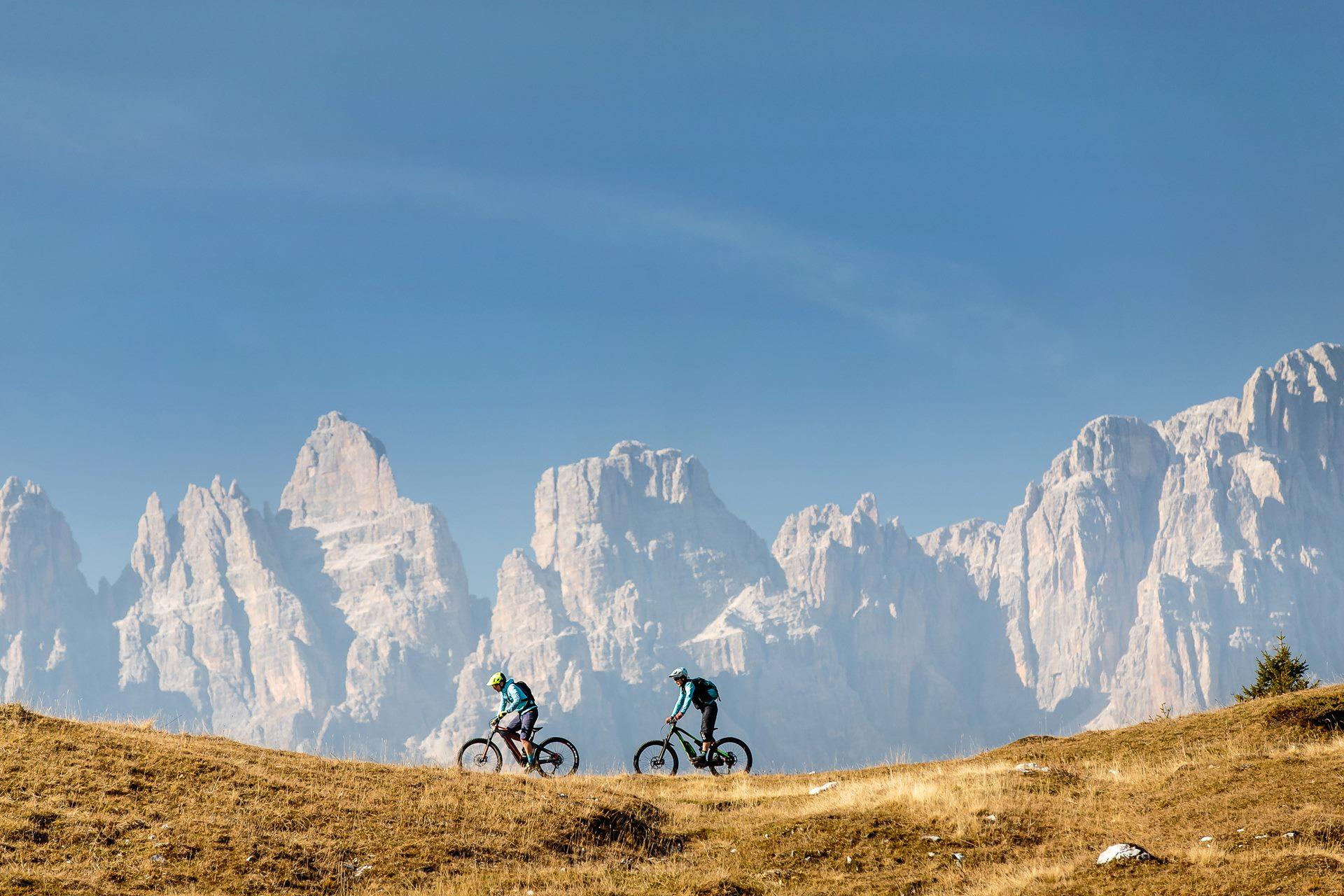
For transport within holiday resorts visitors again prefer “green” options. A recent survey of sustainable tourism by the UNESCO Dolomites Foundation revealed that, while on one hand 82% of tourists/visitors reach the Dolomites in private cars (it is estimated that 75% of emissions generated by ski resorts are produced by transport to reach them: finding a new way of travelling is certainly one of the greatest challenges we face), once they reach their holiday resorts, visitors prefer alternative means of transport, like bicycles and shuttle busses. (The Foundation are now continuing data collection by interviewing residents and economic operators: we can all take part in the survey here).
The role of tourism is perhaps paradoxical: when talking about climate change it is certainly part of the problem (8% of emissions worldwide of greenhouse gasses are produced by the tourist industry), but precisely for this reason it can also become a part of the solution.
Climate simulations demonstrate that, according to the most reliable forecasts to date, we will be forced to adapt, finding alternative ways to attract visitors in the winter season and developing summer tourism options that compensate for the shorter winter seasons.
On our Alpine plateau we can already boast a first success story, with the development of Dolomiti Paganella Bike, which has expanded the summer season to run from April to October with a substantial increase in users each year (also creating more opportunities for those who love mountain hiking and visiting our huts).
Events like the Orme Festival and the Ambassador campaign instead address the segment of visitors who are increasingly attracted to the idea of slow travel. For them creating ties to the location, and local traditions and people becomes the main purpose for the journey.
At the same time, accommodation facilities are called on to satisfy the demand from visitors for “green” holidays and facilities, with environmental impact reduced to a minimum.
Further opportunities have been experimented in other tourist locations. Copenhagen has recognized that environmental sustainability already characterizes the lifestyle of its citizens, and so living sustainably when visiting the city means living “like a local”.
Visit Flanders openly confronted the conflict between the apparently opposite interests of tourist operators and environmental responsibility, asking whether tourism might create more value with a smaller number of tourists.
In any case, the data and simulations speak clear: denying climate change and the way that it will impact our habits, lifestyle, and forms of travel is irresponsible. The challenge is enormous, but it is important to accept it and start from this time onwards to find ways to integrate the inevitable climate crisis into our tourist strategy and way of life.
